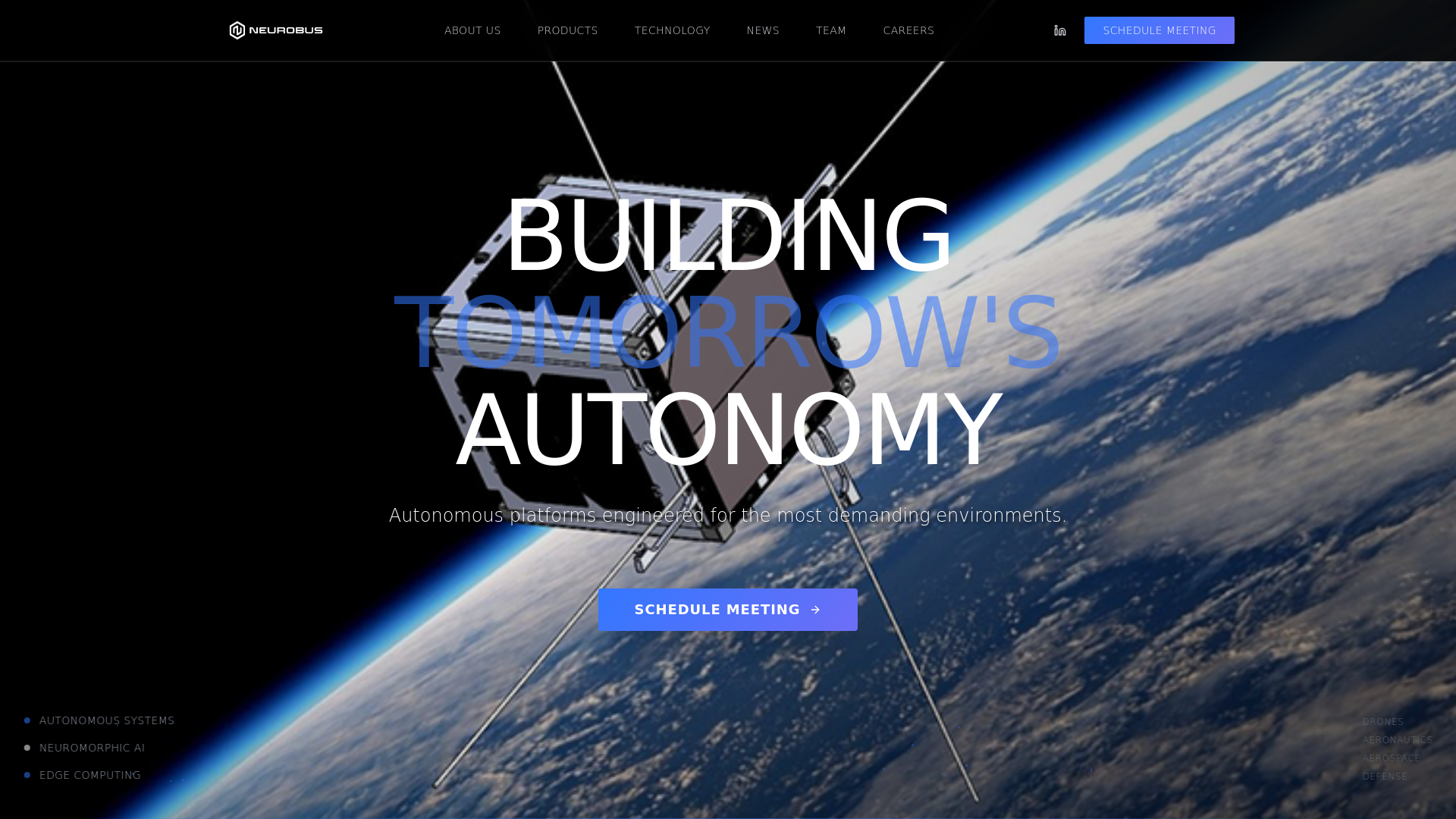My Monday musings (feel free to skip if you are not into speculative dot joining):
Dr. Gregor Lenz (
https://lenzgregor.com/) recently left SynSense (on good terms AFAICT from his below LinkedIn post) and co-founded a Toulouse-based start-up called Neurobus (
https://neurobus.space, registered in mid-April 2023) together with serial entrepreneur Florian Corgnou, who is the new company’s CEO. Lenz is its CTO, and this is what he said about Neurobus in a LinkedIn post (see below) two weeks ago: “We’re going to build a strong European company that brings neuromorphic solutions to satellites and space!”
Dr. Simeon Bamford (
https://sim.me.uk/#contact) is the start-up’s Director of Engineering & Board Member. Incidentally he was CTO of iniLabs, when Brainchip signed a joint development and marketing agreement with them way back in 2016. (On January 1, 2018, iniVation AG formally incorporated the Dynamic Vision Sensor (DVS) business and engineering teams of iniLabs GmbH.) He is currently a researcher in event-based perception for robotics at the Italian Institute of Technology in Genoa as well as a consultant for neuromorphic engineering start-ups.
Blast from the past:
BrainChip Signs Joint Development and Marketing Agreement With Inilabs GmbH, Developer of the Dynamic Vision Sensor (DVS) April 15, 2016

brainchip.com
Now, the question regarding Neurobus is of course: Friend or foe?
Obviously, with Gregor Lenz coming from SynSense (the other commercial application-focused iniLabs spin-off company, besides iniVation), one could readily assume that integrating some of SynSense’s neuromorphic tech (most likely Speck, the event-driven neuromorphic vision SoC) would be his first choice in developing neuromorphic solutions for space, but the fact that SynSense effectively became a Chinese company three years ago IMO would at present prove to be a rather unsurmountable obstacle to what Neurobus is aiming to achieve and to stay true to their self-proclaimed values: “Sustainable development,
exchange between European countries, security for our citizens and democratic rights”. Especially in the sensitive field of defense, which is one of the application domains Neurobus lists alongside satellite communications and earth observation.
Also, how are they going to offer neuromorphic solutions for space without a commercially available neuromorphic chip/IP?

Will they just experiment with dev kits or research chips for the time being? The likes of NASA, ESA, AFRL or RAAF have been dealing directly with the relevant companies and academic institutions for their neuromorphic space experiments, so I’d suspect Neurobus is going to offer added value, a package solution so to say, which will save those customers, who do not have in-house development capabilities, time and money.
On the other hand: Does Neurobus’s value of being “European at heart” possibly signify that their neuromorphic tech is being entirely developed within Europe? Which would effectively rule out Akida? As well as Loihi? But even a potential future competitor of Brainchip such as GrAI Matter Labs, while headquartered in Europe, has an office in Silicon Valley, so would they qualify?
As for the types of event cameras that are going to be used in space, those by iniVation or by Prophesee come to mind. A European academic research group that recently modified one by iniVation for use in space is the team from DTU Space (Technical University of Denmark), whose THOR-DAVIS neuromorphic camera is currently being experimented with onboard the ISS. But wouldn’t they in turn found their own spin-off to commercialise their tech rather than licence it to a third party?

Another caveat: Gregor Lenz is also one of the co-founders of the Open Neuromorphic platform. I recall reading somewhere a while ago that some of the other members around Jason Eshraghian from UC Santa Cruz (also an Open Neuromorphic co-founder, who recently showed up in a post by
@Fullmoonfever as one of the authors of a paper mistakenly listing Akida as being analog in a table surtitled “A benchmark of neuromorphic chips” -
https://thestockexchange.com.au/threads/brn-discussion-ongoing.1/post-338409) were dismissing Akida in their Discord chat - does anyone here happen to follow their discussions and could give us an update on whether their judgement on Akida has since changed? Or was it possibly just a case of sour grapes?
Also, could somebody with a LinkedIn account please do me a favour and scan the comments under Gregor Lenz’s and Florian Corgnou’s respective Neurobus birth announcements and check out whether or not any familiar names come up congratulating them on their baby? I am merely able to read the first couple of comments on GL’s LinkedIn page, but can neither access his co-founder’s LinkedIn page nor that of Simeon Bamford at all. Neither do I have a Twitter, pardon X account, so I can sadly no longer read any of those posts either, which could give some further hints of whether or not we could possibly be involved.
Any thoughts on Neurobus, especially from those of you tech-savvier than me, are of course very welcome…
View attachment 45467
View attachment 45526
View attachment 45468
Lovable Generated Project

neurobus.space
View attachment 45469
View attachment 45470
View attachment 45471

inside ????.

brainchip.com
Will they just experiment with dev kits or research chips for the time being? The likes of NASA, ESA, AFRL or RAAF have been dealing directly with the relevant companies and academic institutions for their neuromorphic space experiments, so I’d suspect Neurobus is going to offer added value, a package solution so to say, which will save those customers, who do not have in-house development capabilities, time and money.





. He’s just a naughty boy



github.com

